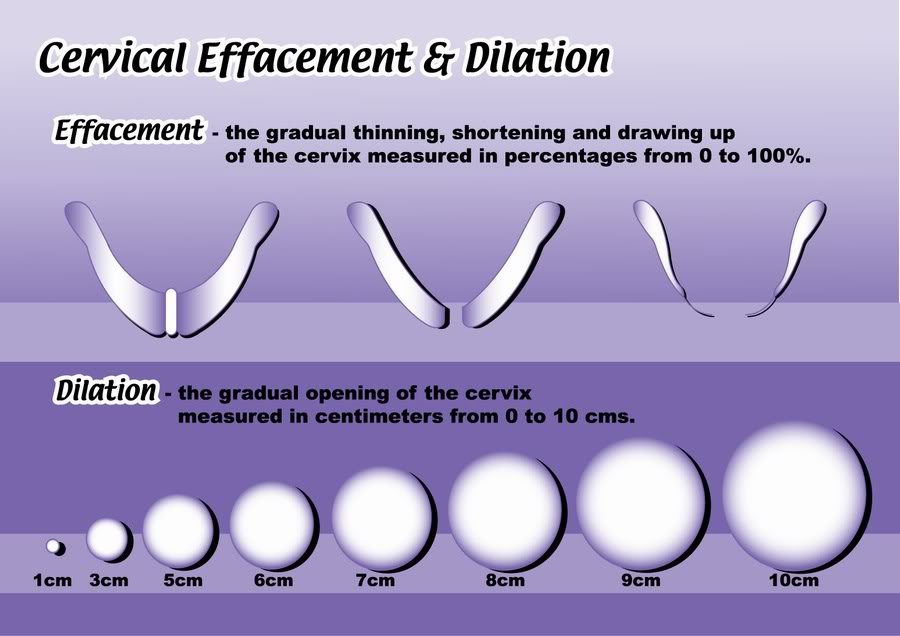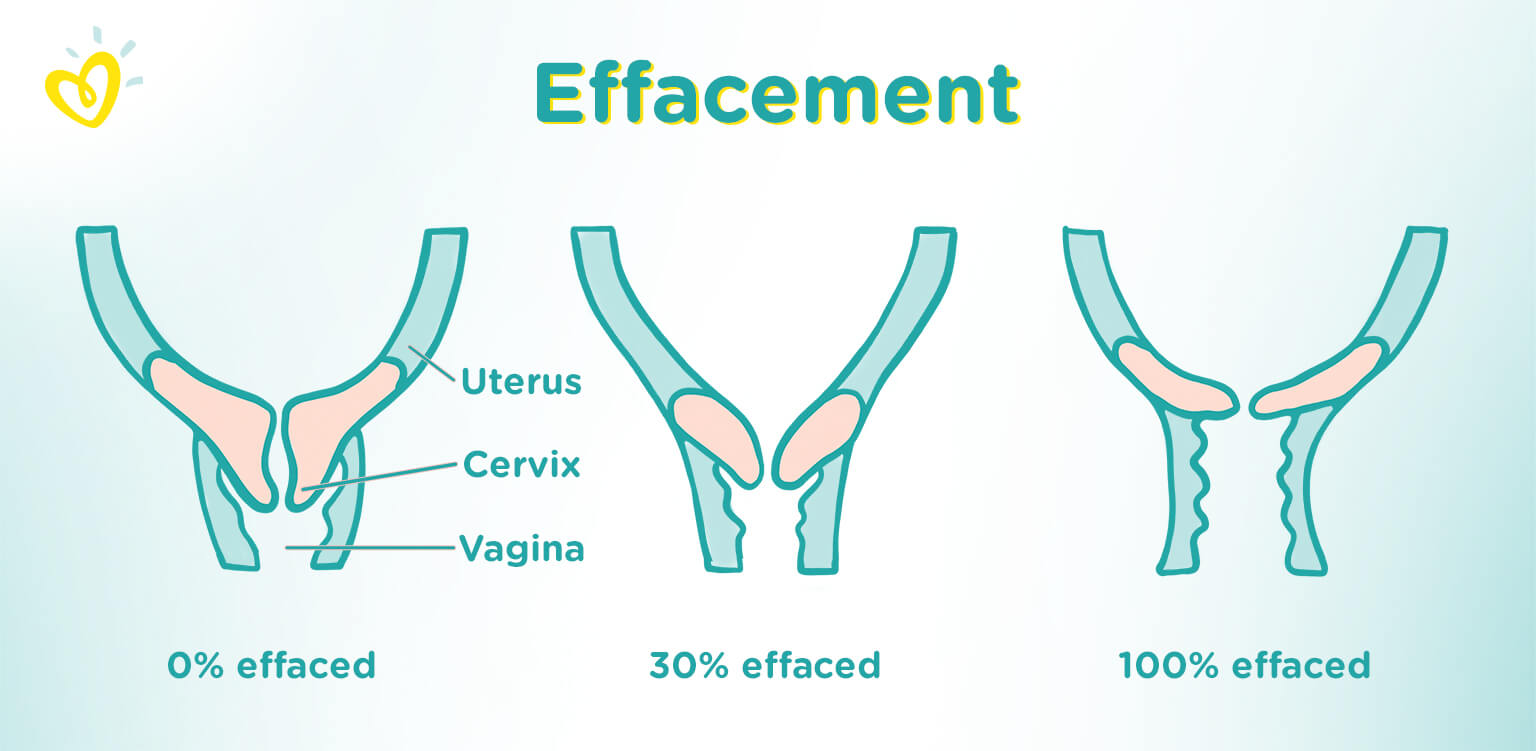Perfect Info About How To Help Effacement

Throughout pregnancy, the cervix is tightly closed and protected.
How to help effacement. To properly understand the meaning of effacement, you need to know a bit about the first stage of labour, which is broken up into two. Before you start to push in a vaginal delivery, you have to be 100%. Read on to learn more about effacement and its role in childbirth to help you better.
Evening primrose oil is an herbal treatment that is recommended by many midwives, according to. Effacement and dilatation allow a baby to be born through the birth canal. Updated on june 8, 2023 pregnancy health what is cervical effacement?
Natural ways to efface the cervix evening primrose oil. Sperm contains prostaglandins that may help. Providers describe effacement as a percentage, from 0 to 100 percent.
However, there are ways for you to check in the comfort of your own home. Effacement means that the cervix stretches and gets thinner. Sex in the last month of pregnancy may encourage cervical dilation.
When your cervix is fully thinned, you're 100 percent effaced. Here's how to encourage cervical ripening with natural at. Effacement is measured in percentages.
Here's what to know about effacement (and dilation. What is dilation? Effacement means the cervix gets thinner and softer.
For example, your health care provider may tell you that you are effaced 50%, which means you are half way to being completely. Cervical effacement and dilation. While cervical dilation is necessary for labor to progress, being.
Cervical dilation and effacement is necessary for a vaginal birth, but it doesn't always happen like it should. Effacement means that the cervix stretches and gets thinner. Most people go to their ob/gyn to be checked for cervical effacement.
Advanced cervical dilation and effacement before week 24 of pregnancy. When your cervix starts to efface, labor is near. Effacement is when your cervix begins to thin out in preparation for childbirth.
Why effacement is essential when actual labor begins, the contractions really start to stretch the cervix. For a vaginal delivery, the cervix needs to be 10 centimeters (cm) dilated and 100 percent effaced. During the first stage of labor, the cervix opens (dilates) and thins out (effaces) to allow the baby to move into the birth canal.


















